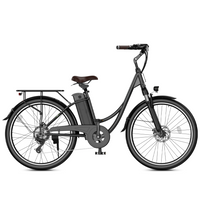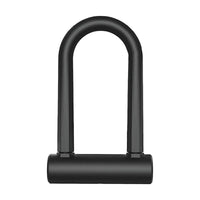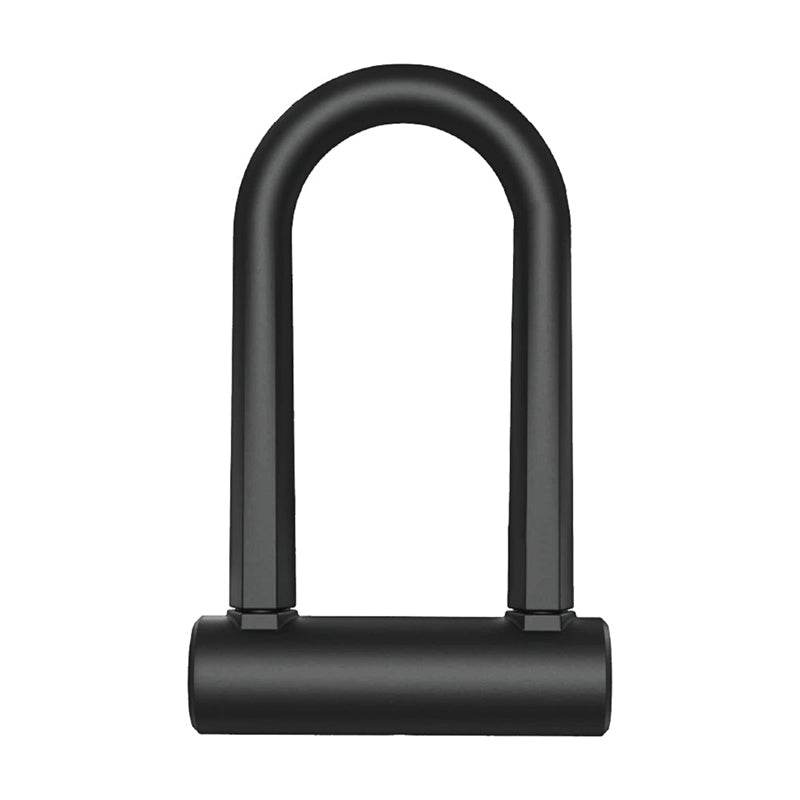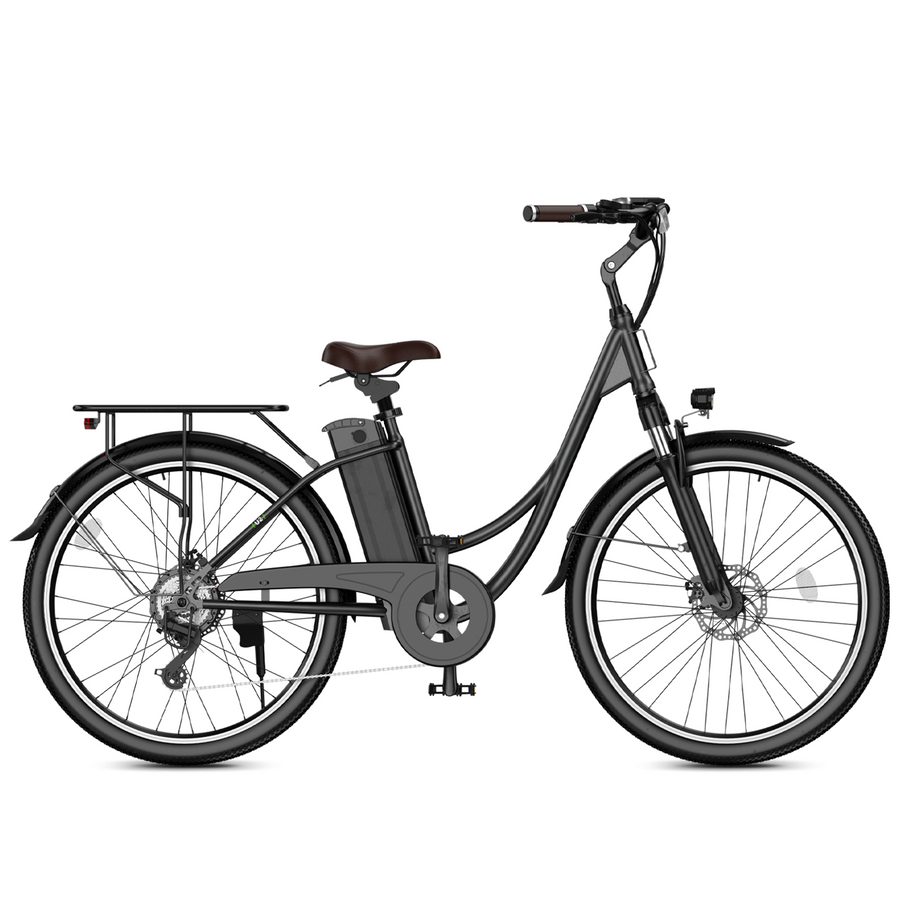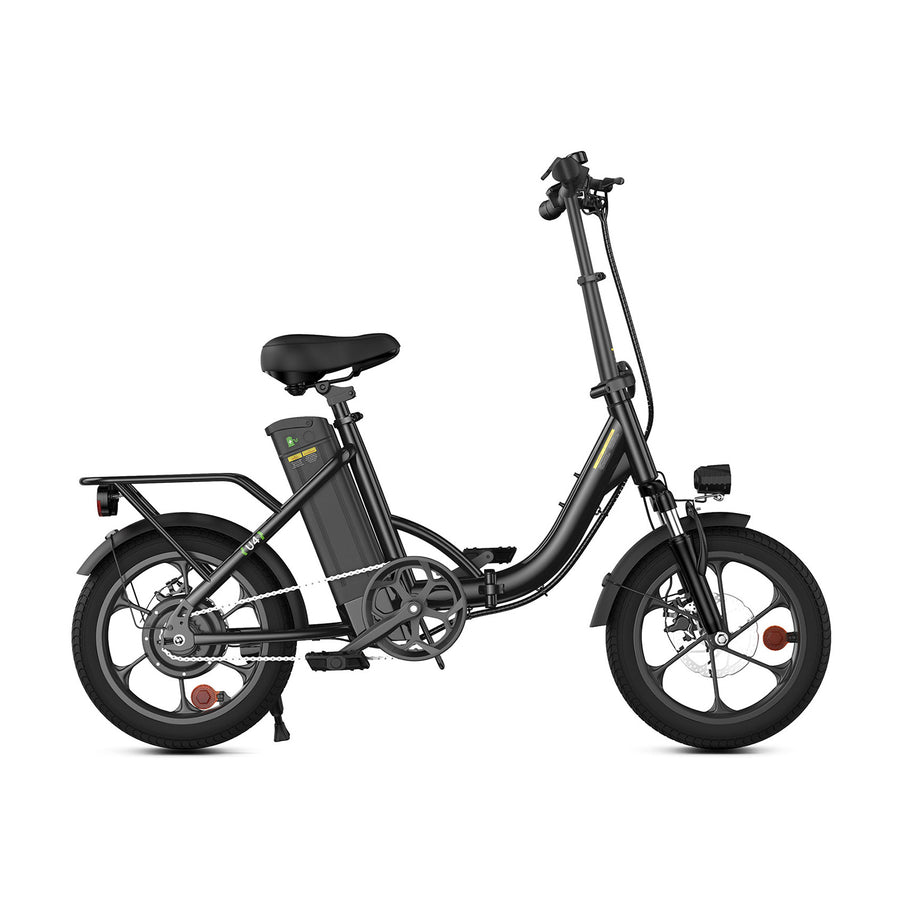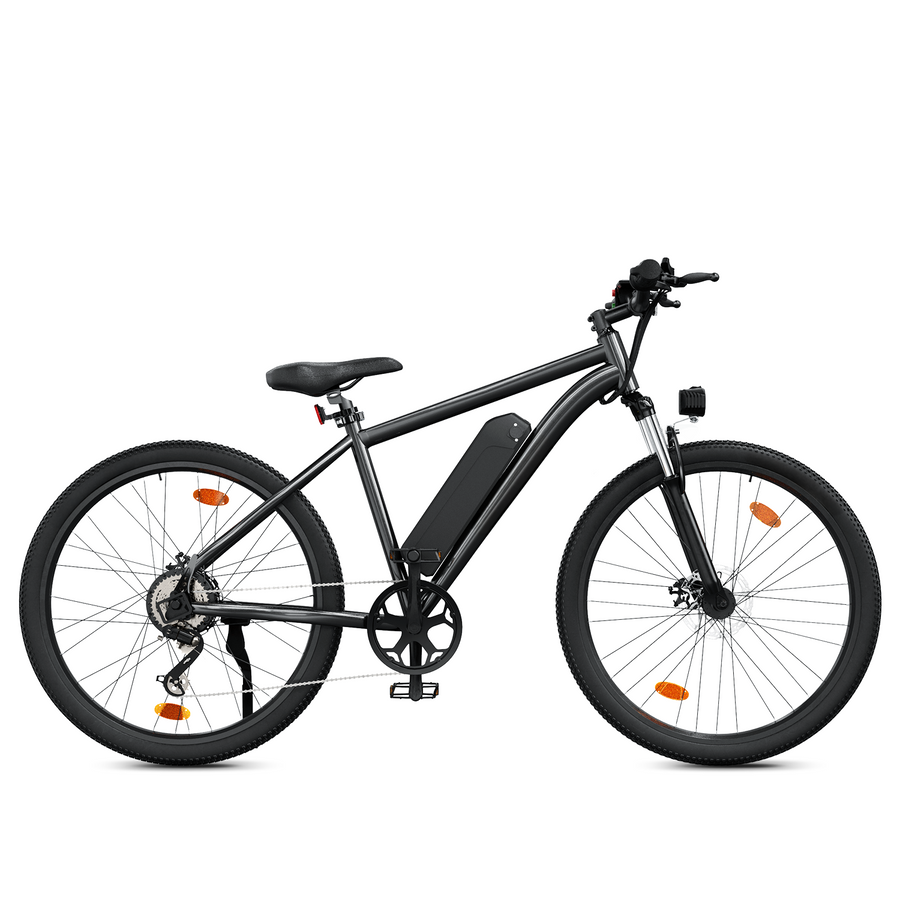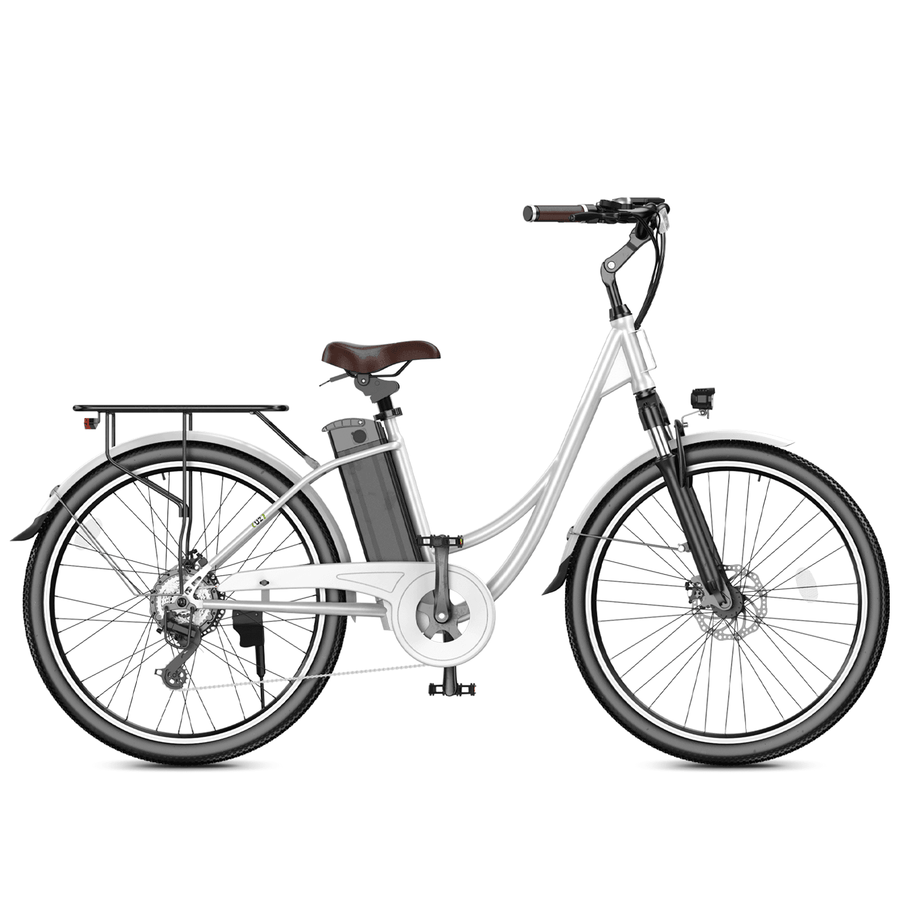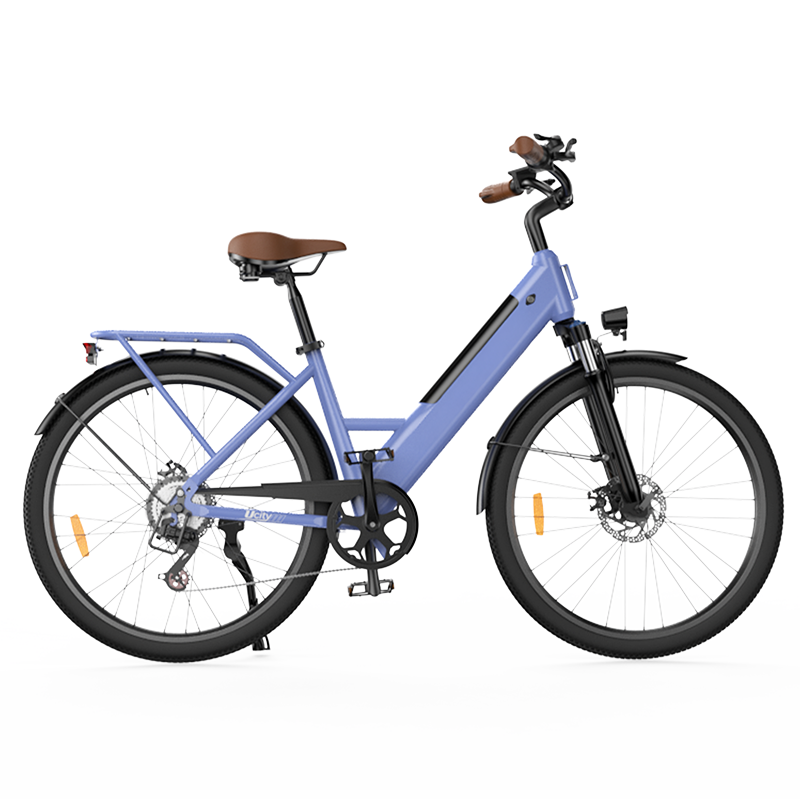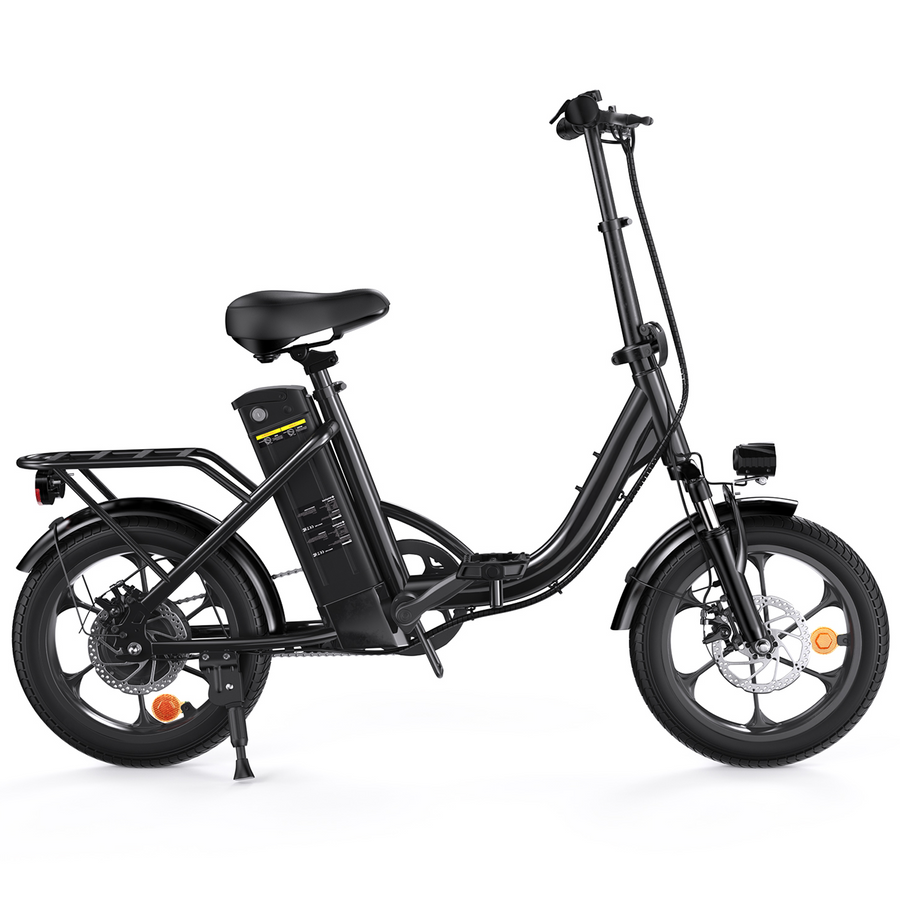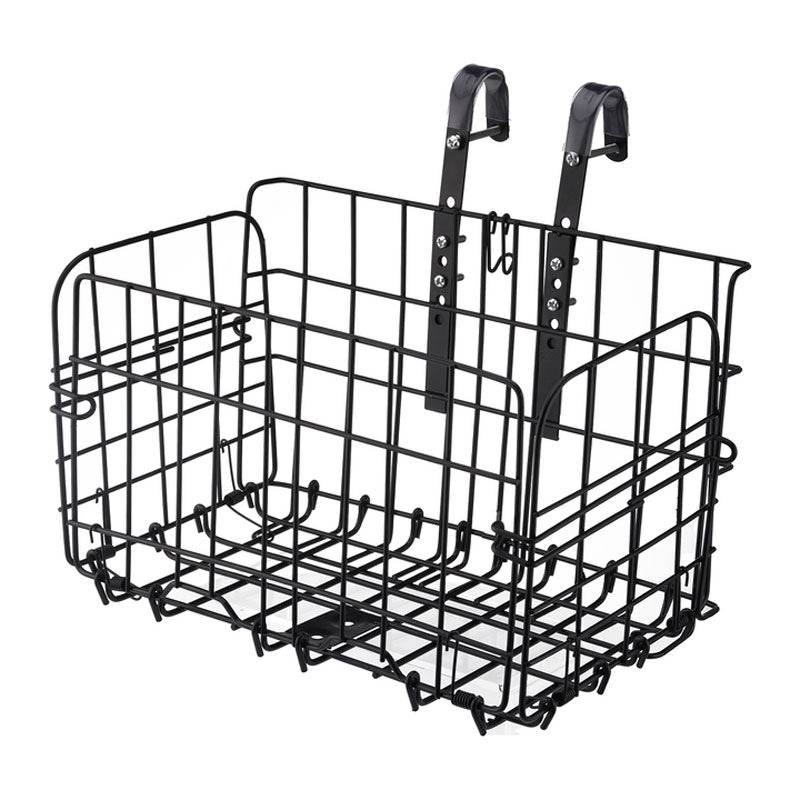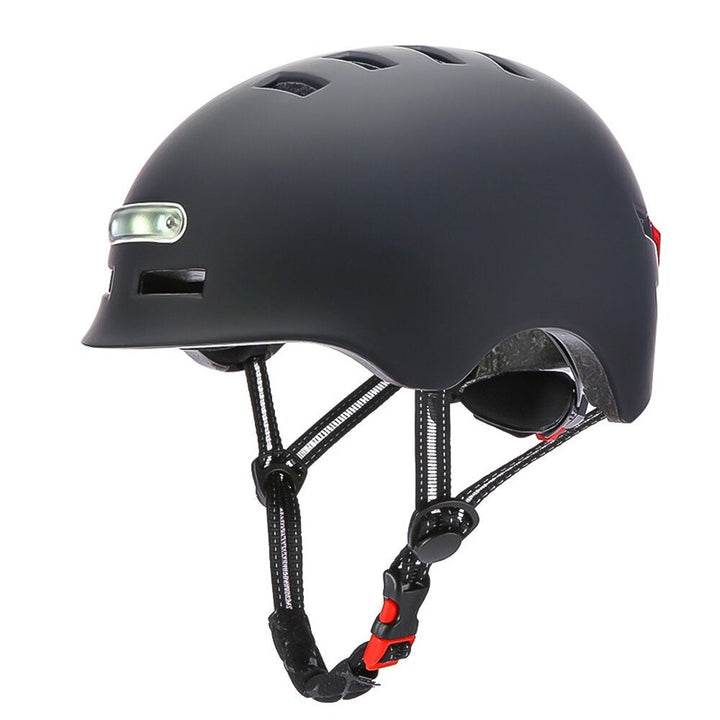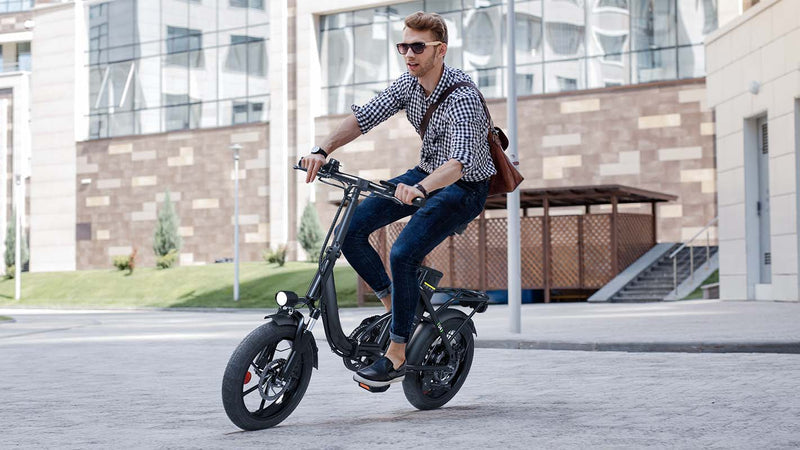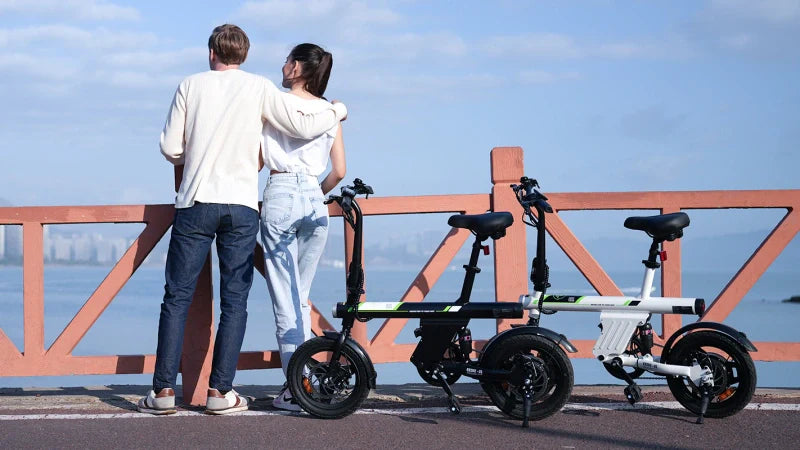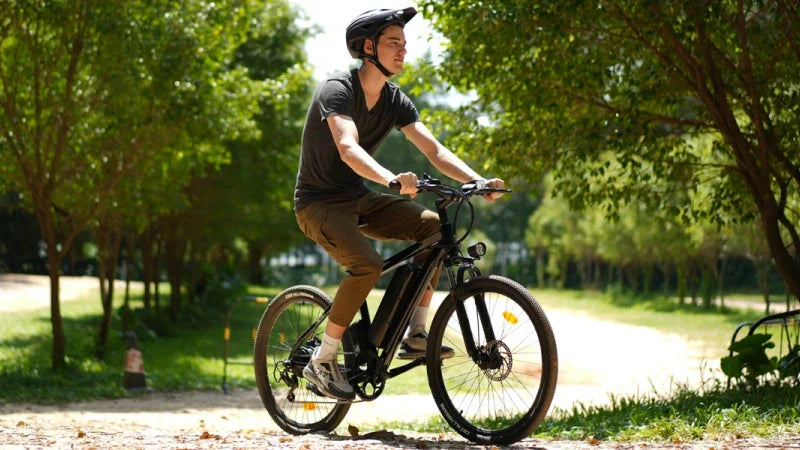Are Throttle Electric Bikes Legal in the UK? Complete 2025 Guide
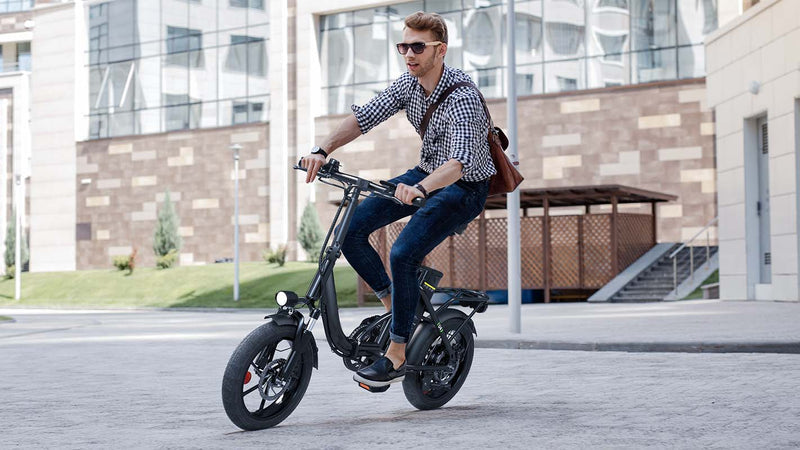
Are throttle electric bikes legal in the UK? This complete guide explains how full-throttle e-bikes operate, their differences from standard EAPCs, and the benefits they offer for commuting and leisure riding. We cover current UK regulations, licensing requirements, and restrictions you need to know before hitting the road. You’ll also find practical safety tips to help you ride legally, confidently, and safely while enjoying the convenience of throttle-assisted cycling.
Are Throttle Electric Bikes Legal in the UK
Throttle electric bikes, often called “twist and go” e-bikes, have a complex legal status in the UK. Bikes sold before January 1, 2016, that feature full-speed throttles allowing speeds up to 15.5 mph without pedalling are generally legal under the Electrically Assisted Pedal Cycle (EAPC) regulations, requiring no licence, registration, or insurance.
However, since 2016, UK laws aligned with EU regulations have restricted throttles on new e-bikes to assist only up to about 3.7 mph without pedalling; beyond that, the rider must pedal to engage the motor. Full-throttle e-bikes sold after this date are usually classified as mopeds or motorcycles, which require a driving licence, insurance, tax, and registration.
Alternatively, riders can get full-throttle e-bikes legally approved under the L1e Low Powered Moped category by passing DVSA tests and obtaining certification, but these also require compliance with moped rules on licensing and safety equipment. Riding an uncertified throttle e-bike beyond these limits can lead to fines, penalty points, and even bike confiscation. Therefore, it’s crucial for riders to understand the date of manufacture, power limits, and legal classification to ensure they remain compliant with UK electric bike laws.
How Full-Throttle Electric Bikes Operate
Full-throttle electric bikes provide riders with the ability to control motor power directly through a throttle, enabling movement without continuous pedalling. This feature delivers immediate acceleration and smooth power delivery, especially useful in stop-and-go urban environments or challenging terrain.
When the throttle is inactive, these bikes operate like standard pedal-assist e-bikes, allowing riders to switch seamlessly between manual pedalling and motorized assistance. In the UK, to ride a full-throttle e-bike legally at speeds up to 15.5 mph without pedalling, the bike must be certified as an L1e Low Powered Moped, ensuring it complies with strict safety requirements including lighting, brakes, and maximum power output.
This classification offers riders enhanced versatility while maintaining adherence to road safety standards. The integration of throttle control combined with pedal functionality makes full-throttle e-bikes a practical option for a wide range of users, from daily commuters to those with limited mobility.
Difference Between EAPC and Full-Throttle E-Bikes
Understanding the difference between Electrically Assisted Pedal Cycles (EAPCs) and full-throttle electric bikes is essential for anyone considering an e-bike in the UK. EAPCs are designed to provide motor assistance only when the rider pedals. Their motors are limited to 250 watts and can assist up to speeds of 15.5 mph (25 km/h). This classification allows EAPCs to be treated like regular bicycles, meaning riders don’t need a licence, insurance, or registration to use them legally on roads, cycle paths, and bike lanes. They typically feature a pedal-assist system without a throttle, or at most, a "walk assist" throttle limited to very low speeds (around 3.7 mph).
On the other hand, full-throttle electric bikes allow riders to control the motor directly via a throttle, enabling movement without pedalling. This feature offers instant acceleration and greater riding flexibility, particularly useful in urban environments or for riders with mobility challenges.
However, in the UK, these bikes must comply with the L1e Low Powered Moped regulations to be legal. This means they must have a maximum motor power of 250 watts (or more if unapproved), speed limited to 15.5 mph, and meet safety standards such as lighting and braking requirements. Riders of full-throttle e-bikes classified under L1e need a valid driving licence, insurance, and must register their bikes.
Without this certification, full-throttle e-bikes are considered illegal on public roads and cycle paths. This legal distinction impacts where and how you can ride, as well as the costs and responsibilities involved. Knowing these differences helps potential buyers choose the right e-bike based on their riding style, legal requirements, and personal needs.
Benefits of Choosing a Full-Throttle Electric Bike
Choosing a full-throttle electric bike offers numerous advantages that cater to diverse rider needs, making them an increasingly popular choice in the UK and beyond. Unlike traditional pedal-assist e-bikes, full-throttle models allow riders to engage the motor directly via a throttle, enabling instant acceleration without the need to pedal. This quick and effortless power delivery is particularly beneficial for navigating busy urban environments with frequent stops, starting from traffic lights, or climbing steep hills with ease.
Full-throttle e-bikes also significantly improve accessibility by providing an inclusive riding option for individuals with limited mobility, those recovering from injuries, or anyone seeking a less physically demanding cycling experience. For example, models like the Finbike U4 effectively combine throttle control with pedal assist, offering flexible riding modes that suit different terrains and rider preferences.
Moreover, these bikes offer enhanced control and safety, with smooth throttle response helping riders maintain steady speeds and maneuver confidently in traffic. The added power and versatility make full-throttle e-bikes an excellent choice for daily commuting, leisure riding, or even delivery services. Overall, full-throttle electric bikes provide unmatched convenience, adaptability, and performance, making them a smart investment for anyone looking to embrace efficient and enjoyable electric mobility.
UK Laws and Regulations for Electric Bikes
UK laws and regulations for electric bikes are designed to balance safety with accessibility, making it essential for riders to understand their legal responsibilities. In the UK, most electric bikes fall under the Electrically Assisted Pedal Cycle (EAPC) category, which allows e-bikes with a motor power limit of 250 watts and a maximum assisted speed of 15.5 mph (25 km/h). These EAPCs do not require riders to have a driving licence, registration, tax, or insurance, allowing users aged 14 and above to ride them freely on roads, cycle paths, and bike lanes.
However, full-throttle electric bikes that can be powered solely by the motor without pedalling—and exceed these limits—are classified as mopeds or motorcycles.
To legally ride such bikes, owners must obtain L1e Low Powered Moped certification through testing by the Driver and Vehicle Standards Agency (DVSA). This certification ensures compliance with strict safety standards, including lighting, brakes, and speed restrictions.
Additionally, riders must hold a valid licence, wear a helmet, and register and insure their bikes. Failure to comply with these laws can lead to penalties such as fines, penalty points, or even bike confiscation. Staying informed about UK electric bike regulations helps riders enjoy the benefits of e-bikes while riding safely and legally.
Essential Safety Tips for Riding Throttle Electric Bikes
Riding throttle electric bikes safely is crucial to protect yourself and others on the road, especially given their ability to accelerate quickly. Follow these essential safety tips to ensure a secure and confident riding experience:
-
Always Wear a Certified Helmet: Protect your head by wearing an approved helmet designed for e-bike or moped use. This is vital as throttle bikes can reach speeds up to 15.5 mph or more, increasing the risk of injury during accidents.
-
Perform Pre-Ride Safety Checks: Before every ride, inspect your throttle e-bike’s brakes, lights, indicators, and tires to ensure they’re in proper working condition. Well-maintained equipment enhances your control and visibility.
-
Understand Throttle Control and Acceleration: Familiarize yourself with your e-bike’s throttle responsiveness. Sudden acceleration can cause loss of control, so practice gradual throttle use, especially in busy traffic or slippery conditions.
-
Keep Both Hands on the Handlebars: Maintain full control of your bike by keeping both hands on the handlebars while riding. Avoid distractions like using a phone or eating, which can compromise your focus and reaction time.
-
Follow UK Laws and Regulations: Ensure your throttle e-bike complies with UK legal requirements, including licensing, insurance, registration, and helmet use if your bike falls under the moped or motorcycle classification.
-
Use Designated Bike Lanes and Paths: Ride on cycle lanes and paths whenever possible to minimize interactions with motor vehicles, reducing the risk of accidents.
-
Signal Clearly and Early: Use hand signals or bike indicators to communicate your intentions to turn or stop, helping other road users anticipate your movements and maintain safety.
-
Wear High-Visibility and Reflective Gear: Increase your visibility during day and night rides by wearing bright clothing and reflective accessories. This is especially important when riding in low-light or adverse weather conditions.
-
Adjust Riding Style to Weather and Terrain: Reduce speed and use extra caution in wet, icy, or uneven road conditions to maintain traction and stability.
-
Respect Speed Limits and Road Rules: Adhere to the 15.5 mph speed limit for e-bikes classified as EAPCs, and comply with any additional local traffic laws to avoid fines and ensure your safety.
By following these detailed safety tips, riders can maximize their enjoyment of throttle electric bikes while minimizing risks on UK roads, making every journey both fun and secure.
Throttle Electric Bikes From Finbike
|
Specification |
|||||||
|
Motor Power |
250W (Peak 350W) |
250W |
250W (Peak 350W) |
250W |
250W |
250W |
500W |
|
Throttle |
Walk assist only |
Walk assist only |
Walk assist only |
Walk assist only |
Limited throttle assist |
Limited throttle assist |
Full throttle assist |
|
Top Speed |
15.5 mph (25 km/h) |
15.5 mph (25 km/h) |
15.5 mph (25 km/h) |
15.5 mph (25 km/h) |
15.5 mph (25 km/h) |
15.5 mph (25 km/h) |
15.5 mph (25 km/h) |
|
Pedal Assist |
Yes |
Yes |
Yes |
Yes |
Yes |
Yes |
Yes |
|
Battery Capacity |
36V 7.8Ah |
36V 10.4Ah |
36V 7.8Ah |
36V 10.4Ah |
36V 10.4Ah |
36V 10.4Ah |
48V 13Ah |
|
UK Legal EAPC Compliant? |
Yes |
Yes |
Yes |
Yes |
Yes |
Yes |
No (requires L1e approval) |
|
Price (EUR) |
€388 |
€668 |
€458 |
€548 |
€668 |
€568 |
€878 |
Conclusion
Understanding the legal landscape and operational features of throttle electric bikes in the UK is essential for safe and compliant riding. While full-throttle e-bikes offer powerful acceleration, accessibility, and versatility, they must meet specific regulations, such as the EAPC standards or obtain L1e Low Powered Moped approval to be road-legal. Riders should always stay informed about UK laws regarding licensing, insurance, and registration to avoid penalties. By choosing the right e-bike model—whether a pedal-assist EAPC or a certified full-throttle bike—and following essential safety practices, you can enjoy a convenient, eco-friendly, and legal riding experience across the UK’s urban and rural landscapes. Stay safe, ride smart, and make the most of your electric bike journey.
FAQs:
Can you have a throttle on an electric bike in the UK?
Yes, you can have a throttle on an electric bike in the UK, but it depends on the bike’s classification and legal compliance. Some models like the Finbike U4 provide a throttle with “walk assist” functionality, allowing motor assistance up to about 3.7 mph without pedalling, which is legal under UK Electrically Assisted Pedal Cycle (EAPC) rules. Full-throttle e-bikes that allow riding without pedalling at speeds above this limit must be approved as Low Powered Mopeds (L1e category) and require a driving licence, insurance, and registration.
Can you buy an e-bike with a throttle?
Yes, you can buy an e-bike with a throttle in the UK. Bikes like the Finbike U4 and some others offer throttles, but throttling is usually limited to low-speed assist for bikes compliant with EAPC regulations. Full-throttle e-bikes with unrestricted throttle control are rare and typically must be registered as mopeds under L1e approval. Always verify the bike’s certification and legal status before purchasing to ensure compliance with UK laws.
Is throttling legal in the UK?
Throttle use is legal only within specific limits in the UK. E-bikes that provide throttle assistance without pedalling up to roughly 3.7 mph comply with EAPC standards, like the Finbike U4. However, using a throttle to ride faster than this without pedalling generally classifies the vehicle as a moped, requiring registration, insurance, and a licence. Riding an unapproved full-throttle e-bike can result in fines, penalty points, or bike confiscation.
What makes an e-bike illegal in the UK?
An e-bike is illegal in the UK if it exceeds key legal limits or lacks required certification. Bikes with motors over 250W or capable of speeds over 15.5 mph without pedalling are illegal unless they have L1e moped approval. Riding full-throttle e-bikes like the Finbike M60 without proper registration, licence, and insurance violates the law. Additionally, riding without required safety features, insurance (when needed), or a valid licence makes the e-bike illegal on UK roads.







